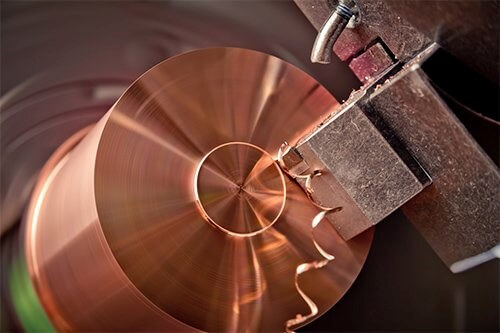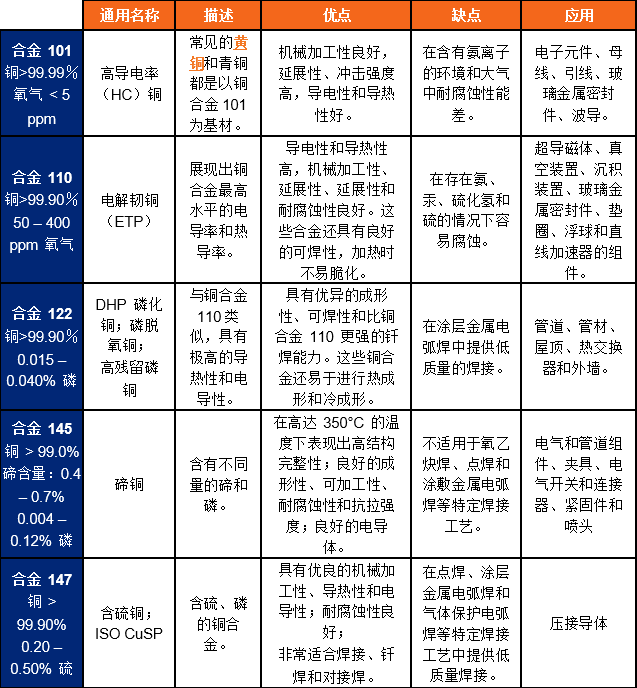Importance of CNC Machining Copper
CNC machines are one of the most popular metal fabrication technologies today, primarily due to their high precision, accuracy, and compatibility with a wide range of metals and metal alloys. However, when it comes to CNC machining copper, there are a few things you must keep in mind. First, you need to understand that pure copper itself is difficult to manufacture due to its high ductility and high cold workability. Second, there are a large number of copper-based alloys that now exist that have similar (or even better) properties to pure copper and are relatively easy to manufacture using CNC machines.
As long as you understand the characteristics, advantages, and disadvantages of each alloy, it will be easy to choose the ideal copper alloy for your design requirements. This article introduces five common copper alloys, including their characteristics, advantages, disadvantages, and applications. But before we dive in, let’s take a look at two things you must consider when CNC machining pure copper.
1.Copper CNC Machining: 2 Things to Consider

1) Choose the Right Tool Material for Machining
Since pure copper is very soft, it often results in high tool wear and poor chip formation during machining. In copper CNC machining, built-up edge can also form—this happens when a portion of the copper workpiece breaks off and is pressure-welded to the cutting tool, resulting in a poor surface finish on the machined copper part.
We recommend that you use cutting tools made of high-speed steel (HSS) for machining copper, as they are generally considered to mitigate these challenges. In addition, you must sharpen your cutting tools to a good edge before CNC machining copper.
2) Specify the Right Feed Rate
The feed rate refers to the speed at which the CNC cutting tool feeds (or advances) toward the workpiece. We recommend low to moderate feed rates when CNC machining copper, as high feed rates are known to cause high temperatures, making copper more difficult to machine with precision. But if your product requires you to use high feed rates, then be sure to use cutting fluid (or coolant) to remove the heat.
2.CNC Machining Copper Alloys: Features, Advantages, and Disadvantages
The figure below lists five common copper alloys, including their descriptions, features, advantages, disadvantages, and applications.

3.CNC Machining Copper and Copper Alloys: Xavier Precision Machining Can Help
As described in this article, copper alloys have many desirable properties that make them ideal for a wide range of applications. But even after selecting the ideal copper alloy for your product design, the success of your manufacturing project still depends on your manufacturer. You want to work with a manufacturer that has state-of-the-art equipment as well as highly qualified engineers and CNC operators capable of machining copper and copper alloys.
